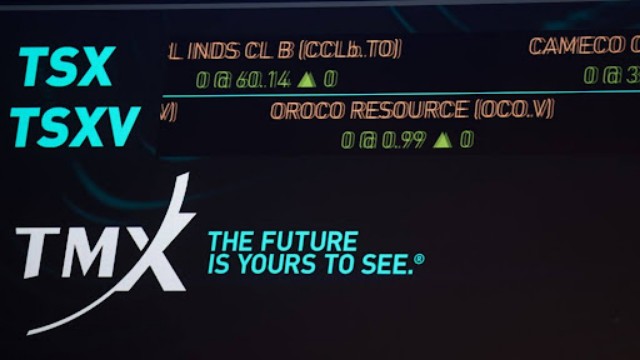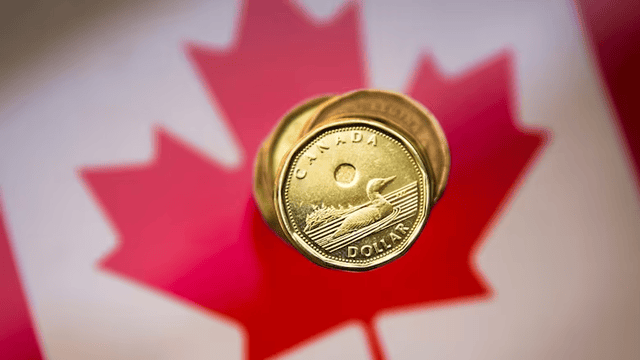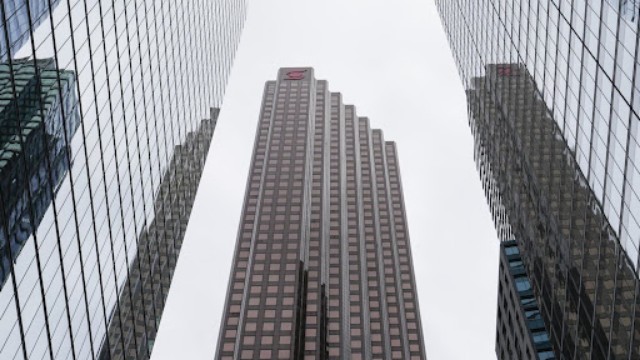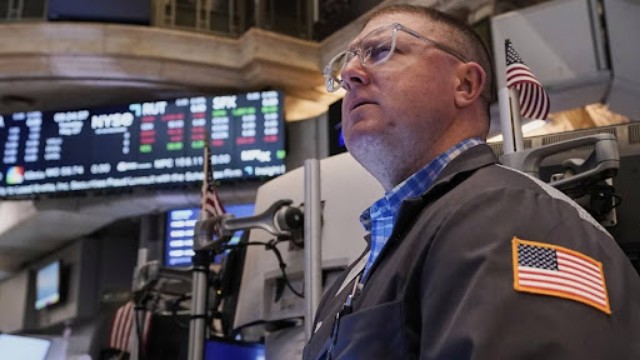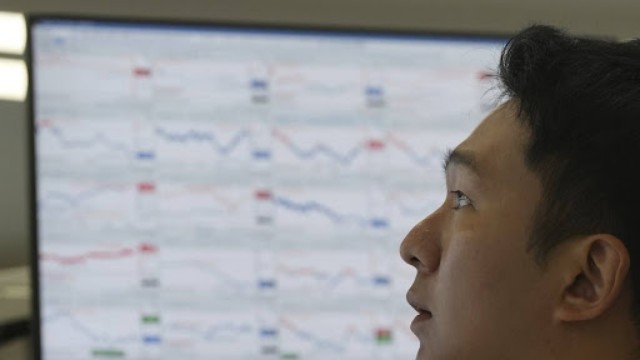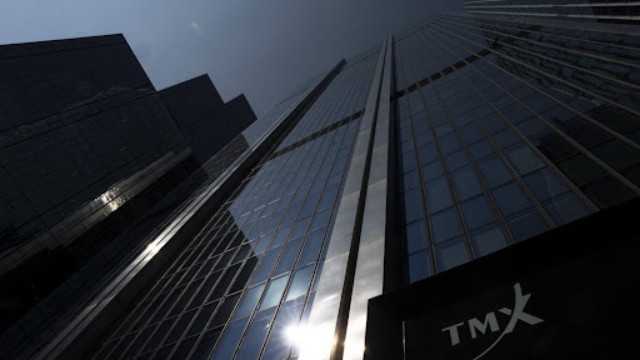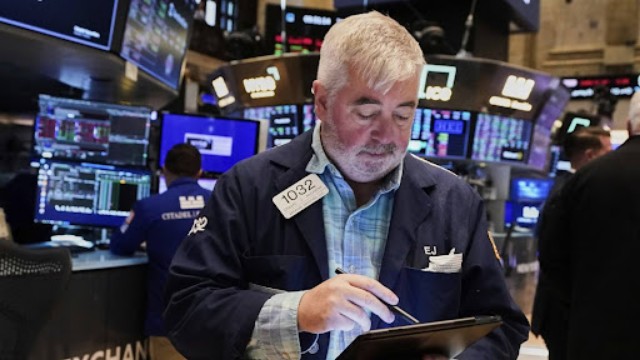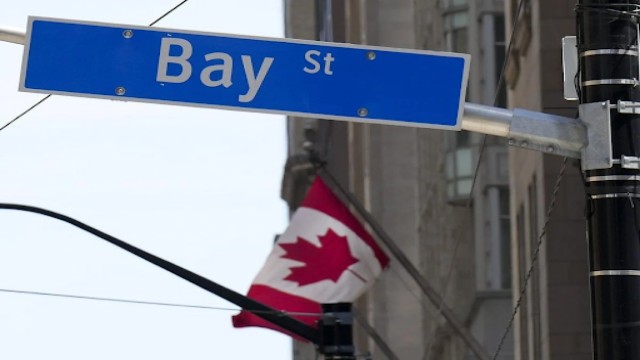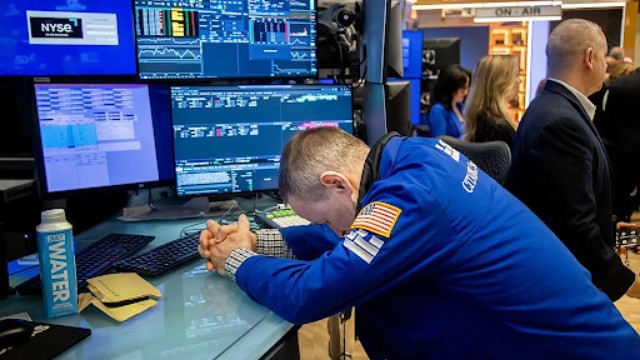
Fears Over New Tariffs Cause Major Ups and Downs in US and Global Markets
US stock markets witnessed chaotic fluctuations on Monday, driven by deep investor uncertainty over President Donald Trump's aggressive tariff plans. The S&P 500, a key index tracking major American firms, slipped by 0.2% by the day’s close. Though the loss appeared small, the session was marked by intense volatility—some of the sharpest movements seen since the height of the COVID-19 pandemic.
The turbulence comes on the heels of Trump’s bold move to impose sweeping tariffs on imports from all nations, reigniting global trade tensions. Despite this, hopes for potential trade deals gave some relief to jittery investors. Treasury Secretary Scott Bessent announced plans to begin trade talks with Japan, and hinted at further discussions with other countries, offering a glimmer of diplomatic progress.
Trump, however, continued to deliver mixed messages. While insisting some tariffs would stay in place permanently, he left the door open for others to be negotiated. “They can both be true,” he told reporters, brushing off calls to delay the sweeping tariffs.
In response to the tariff escalation, the European Union prepared its own strategy, signalling a possible return to the negotiating table. “Sooner or later, talks will happen,” said EU trade official Maroš Šefčovič.
Since Trump's announcement, both US and UK markets have suffered their worst single-day declines since the early days of the pandemic. The S&P 500 has lost more than 10% of its value over just three days—comparable to the brutal drops seen during the 2008 financial meltdown. The index is now back to levels not seen in over a year.
Investors are rattled. “It feels like a self-inflicted wound,” said Mike Mussio of FBB Capital, pointing to the market chaos as a policy misstep. Prominent business figures, including JPMorgan’s Jamie Dimon and billionaire investors Bill Ackman and Daniel Loeb, have voiced concern over the economic fallout.
Yet, Trump remained firm. On Monday, he warned that unless China backs off from its retaliatory tariffs, the US would add another 50% levy on Chinese imports. This would pile on top of earlier increases, pushing the total tax burden on some goods to over 100%.
China has already fired back with 34% tariffs of its own, sparking fears of a prolonged trade war that could damage economies worldwide. Analysts are particularly worried about falling corporate profits and a slowdown in global growth.
Early on Monday, the S&P 500 briefly plunged into “bear market” territory, having dropped over 20% from its recent February high. But a rumour suggesting the White House might reconsider its stance briefly sent the index soaring more than 7%—highlighting just how volatile the situation has become.
“These are historic swings,” said veteran market analyst Howard Silverblatt. “Investors are overwhelmed by uncertainty, and that’s fuelling the chaos.”
By the end of the day, the Dow Jones had dipped 0.9%, while the Nasdaq managed to stay mostly flat. In Europe, London’s FTSE 100 tumbled 4.4%, hitting its lowest point in over a year. Markets in Paris and Berlin also slid, while major Asian indexes had already closed sharply lower earlier in the day.
The turmoil didn’t stop with stocks. Oil prices dropped over 4% before recovering slightly. Copper—often seen as a barometer for global economic health—fell by about 3%. Even gold, typically a safe haven during crises, saw its price decline.
With world leaders still scrambling for a unified response and no clear end in sight, markets may continue to be at the mercy of policy shifts, rumours, and political decisions.


